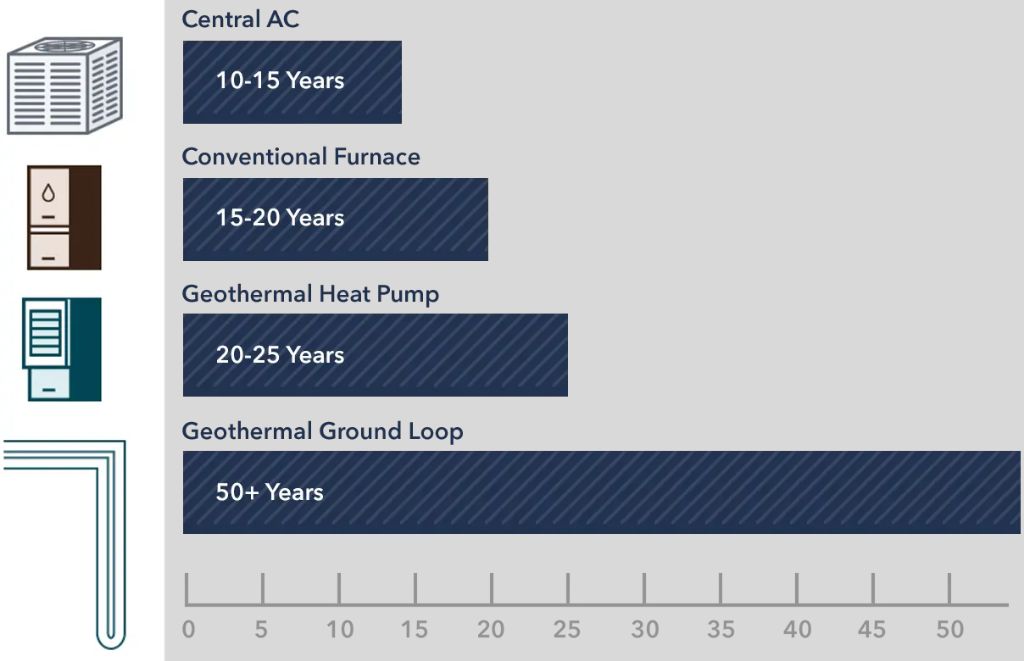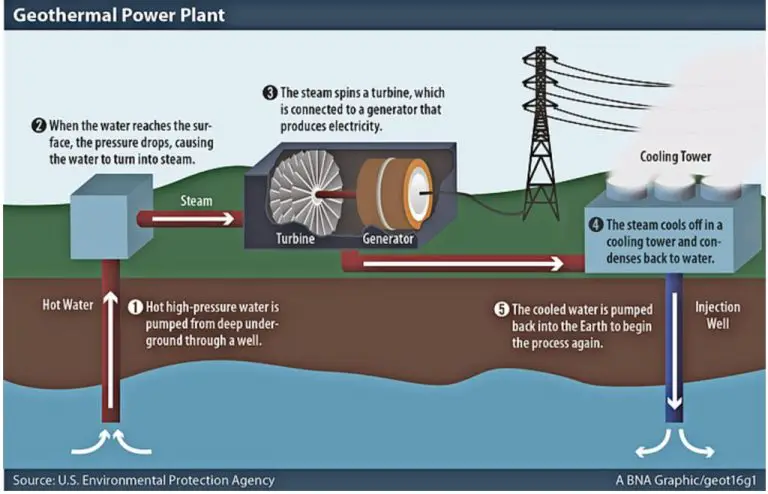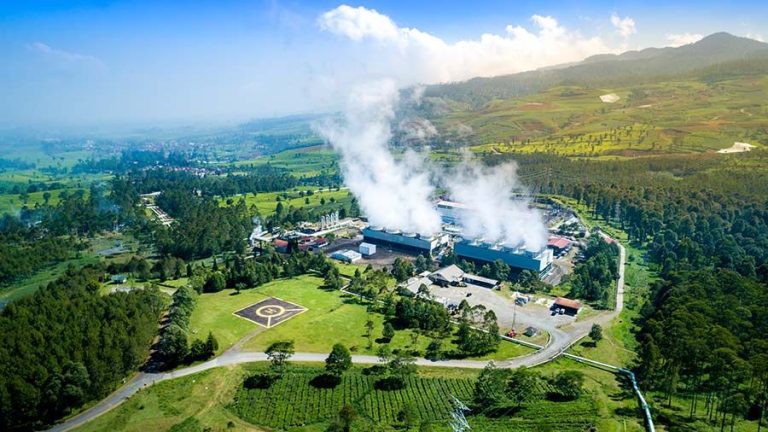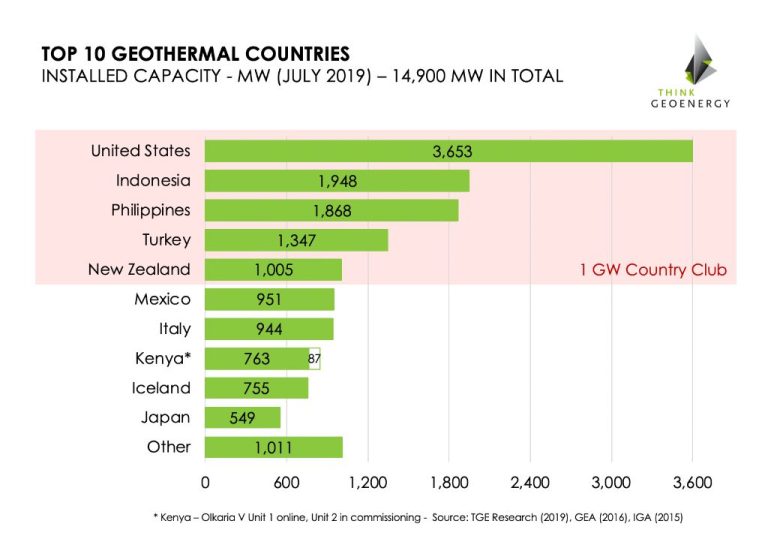Is Geothermal A Good Investment?
Geothermal energy is heat energy generated from the Earth (https://www.energy.gov/eere/geothermal/geothermal-basics). It is classified as a renewable energy source because heat is continuously produced inside the Earth’s core through natural processes like radioactive decay (https://www.eia.gov/energyexplained/geothermal/). Geothermal energy harnesses this heat in the form of hot water or steam and converts it into electricity using geothermal power plants. Wells and pumps bring the geothermal fluids to the surface to power turbines and generators.
There are upfront installation costs associated with geothermal systems, but the long-term operational costs can be lower than conventional heating and cooling systems. Government incentives like tax credits can help offset the high initial investment. Geothermal can provide a solid return on investment through energy savings over time. There are also environmental benefits since geothermal energy has minimal emissions. However, there are limitations depending on location and geology that determine the feasibility of geothermal energy.
Upfront Costs
The upfront costs for a geothermal heating and cooling system are typically higher than traditional HVAC systems. The biggest costs come from drilling wells and installing the underground pipes and heat exchanger unit. According to Forbes, drilling wells can cost $5,000-$10,000 depending on the depth required. Installing the underground loop piping and heat exchanger unit can cost $7,000-$15,000 for parts and labor. Overall installation costs range from $8,000-$24,000 for a standard residential geothermal system based on home size and system requirements.
Other construction costs include connecting the system to existing ductwork and installing the geothermal unit inside the home. Permits may also be required. According to ClimateMaster, a complete geothermal installation can cost between $30,000-$45,000 for a premium system.
Operational Costs
The ongoing costs to operate a geothermal heating and cooling system are one of the main factors to consider when deciding whether it’s a good investment. The electricity required to run the pumps is usually the largest operational expense. According to the EPA, geothermal heat pumps use 25% to 50% less electricity than conventional heating and cooling systems. The pumps typically use between 1.5 – 5.5 kW of electricity per hour when operating Average Geothermal Heating And Cooling Systems Cost. This amounts to an average electricity cost of $0.15 to $0.55 per hour at $0.10/kWh.
Maintenance costs for geothermal systems are minimal compared to traditional HVAC systems. The underground loop system does not require maintenance, while the heat pump unit only needs an annual check-up and filter replacement like a regular air conditioner or furnace. Typical maintenance costs range from $100 – $300 per year. The underground loop piping has an expected lifespan of 50+ years. The heat pump unit generally lasts 25 years, so may need replacement once over the system’s lifetime. Overall, geothermal systems have low repair costs given how rarely major issues occur.
Government Incentives
The federal government offers some attractive incentives for homeowners who install geothermal heat pump systems in their homes. The main incentives come in the form of tax credits, rebates, and grants.

The federal geothermal heat pump tax credit allows homeowners to claim a 26% tax credit for systems installed in 2022. This credit will decrease to 22% for systems installed in 2023. The tax credit can be claimed on both new and existing homes. There are no limits to the amount that can be claimed.
Many utilities and states also offer rebates and grants for installing a geothermal system. For example, rebates of up to $800 are available in certain states. The Database of State Incentives for Renewables and Efficiency provides a comprehensive list of state-level rebates and grants available for geothermal heat pumps.
The federal renewable energy Investment Tax Credit (ITC) may also be available for homeowners who install solar panels or other renewable energy systems in conjunction with a geothermal heat pump. The ITC offers a tax credit for 26% of expenditures in 2022.
In total, the incentives available can reduce the upfront cost of a geothermal system by 30% or more. Homeowners should research federal, state, utility, and local incentives when considering a new system.
Return on Investment
The return on investment for geothermal systems can vary depending on the type of system installed, energy costs in your area, and available tax credits or rebates. However, most geothermal systems provide excellent returns compared to conventional HVAC systems.
The payback period for a geothermal system is often between 3-10 years. This means the upfront costs of the system will be recouped in energy savings within this timeframe. After the payback period, the system provides essentially free heating and cooling for the remainder of its lifespan.
Over the roughly 25 year lifespan of a geothermal system, homeowners can expect to save $5,000 to $30,000 compared to conventional systems. These lifetime savings are due to the greater efficiency of geothermal systems. While geothermal systems have higher upfront costs, they have lower operating costs than furnaces and air conditioners.
To calculate the specific payback period and expected savings for your home, consult with geothermal installers who can assess your energy needs and costs. The estimates they provide will help you determine if the return on investment makes sense for your situation.
Home Resale Value
Studies show that installing a geothermal system can moderately increase the resale value of a home. According to research from Total Vegas Real Estate, geothermal systems generally increase home values by 3-5%, thanks to the energy savings and lower operating costs they provide. For a $300,000 home, that could mean a $9,000-$15,000 boost in resale value. This makes geothermal an attractive feature for potential home buyers looking to reduce their utility bills.
However, the increase in home value depends on the quality and condition of the existing geothermal system. Poorly maintained or older systems may not boost value. New high-efficiency geothermal systems result in the greatest value increases. Ultimately, geothermal systems are unlikely to decrease resale value and serve as an extra selling point for most home buyers. While the upfront investment may be high, the long-term energy savings and potential resale value boost make geothermal systems worthwhile for many homeowners.
Environmental Benefits
Geothermal energy systems provide many environmental benefits compared to traditional fossil fuel-generated power. Geothermal is classified as a renewable energy source because the heat emanating from the Earth’s core is constantly replenished (Department of Energy, 2023). Unlike finite resources like oil, gas and coal, geothermal energy is available indefinitely. Geothermal power plants also emit minimal carbon emissions when generating electricity. According to the U.S. Energy Information Administration, geothermal plants release less than 5% of the carbon dioxide emissions of a fossil fuel plant (EIA, 2022). This makes geothermal a clean, low-emission source of renewable power.
Limitations
While geothermal systems have many benefits, there are some limitations to be aware of when considering investing in this technology:
Geothermal systems work best for heating and cooling when installed in a single-family detached home. The required land area and drilling depth make installation in apartment buildings or densely packed neighborhoods challenging and expensive. Homeowners should evaluate if their property size and home type are suitable.1
The high initial cost of installing a geothermal system can deter some homeowners. Geothermal heat pumps require excavation, well drilling, laying pipes, and HVAC equipment costs that can range from $15,000 to over $30,000 installed. This is considerably higher than installing an air source heat pump. However, geothermal systems can pay for themselves in energy savings over 5-10 years.
Sourcing adequate underground geothermal resources is fundamental to an effective system. In some regions, drilling companies may struggle finding sufficient heat conductivity in the earth or aquifer volumes needed. Homeowners should research ground loop installation feasibility in their local area beforehand.
New Technology Improvements
New geothermal technologies are helping to lower upfront costs and increase efficiency. According to research from the U.S. Department of Energy, next-generation geothermal energy could provide up to 120 gigawatts of capacity in the U.S. by 2050.1 Emerging technologies like enhanced geothermal systems (EGS) can bring water or create pathways through rock to tap into geothermal resources previously out of reach.
With EGS, smaller distributed systems can be installed in more homes at a lower upfront cost. EGS involves fracturing hot rocks and circulating fluid through the fractures to extract heat. Smaller wells and improved drilling techniques developed by the petroleum industry have also helped reduce costs. According to the National Renewable Energy Lab (NREL), EGS could enable access to geothermal energy “almost anywhere.”2
Beyond upfront costs, new binary cycle power plants are increasing efficiency. These plants use hot water to vaporize a secondary fluid with a lower boiling point. The vapor drives a turbine to generate electricity. Binary cycle plants are closed-loop, so geothermal fluids are re-injected back into the reservoir. This increases sustainability and minimizes emissions. According to recent research, innovations like these have boosted the average capacity and efficiency of U.S. geothermal power plants by over 40% in the past decade.3
Conclusions
In summary, while geothermal systems involve substantial upfront costs, the long-term energy savings and environmental benefits can make them a smart investment under the right circumstances. The return on investment depends on several factors like energy costs in your area, government incentives available, and how long you plan to stay in the home. Geothermal is best suited for new construction or major renovations, rather than retrofitting an older home.
We recommend considering geothermal if you live in an area with high energy costs, plan to stay in the home long-term, have access to rebates and tax credits, and are undertaking new construction or major renovations. The 30% federal tax credit in particular can shorten the payback period. Geothermal works best in larger, energy-inefficient homes that would benefit the most from upgraded HVAC systems. While still expensive upfront, the lifetime savings and low operating costs make geothermal a green investment that increases home value.




